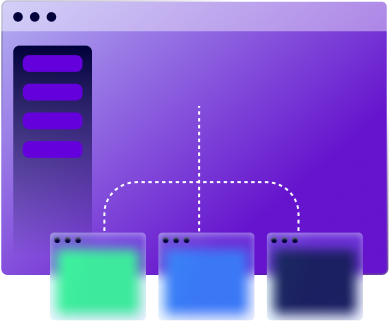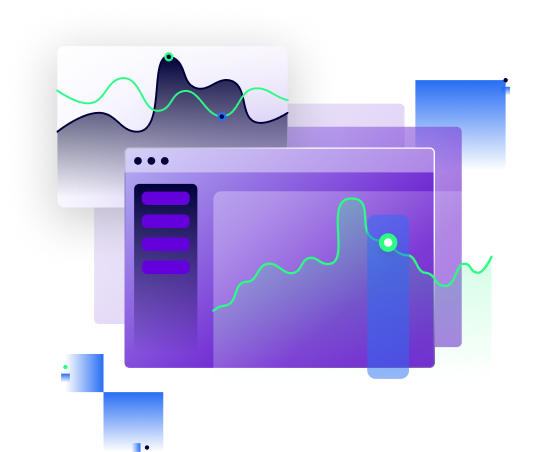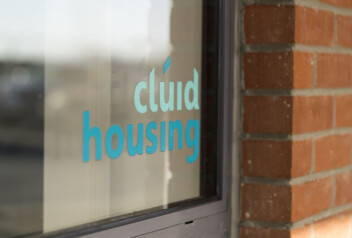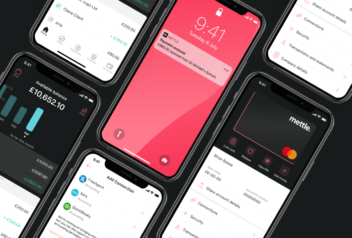Our work flow
Our approach to cloud and platforms stretches across three different phases
PHASE ONE
Discovery
Inventory & Capability
Validate Business Case
Stakeholder Alignment
PHASE TWO
Mobilise
Security & Compliance
Landing Zone
Operating Model
Platform Delivery
PHASE THREE
Modernise & Migrate
Lighthouse Workload
Migration Plan
Community of Practice

We build, integrate and optimize across a broad range of platforms:
Applications & service platforms
Digital asset and web3 platforms
Self-service platforms
Business applications
Portals
Workflow systems
Document management systems

Engineering platforms
Cloud platforms
Data platforms
Integration platforms
Container orchestration platforms
CI/CD platforms
AI and ML platforms

Guide for implementation success
App modernization
App modernization enhances agility, reduces operational costs, and ensures long-term competitiveness in an evolving digital landscape.
Platform integration
Platform integration streamlines operations, improves data flow, and boosts organizational efficiency across disparate systems.
Why esynergy
esynergy understands the impact that highly effective platforms can have, for organisations and for individual users. A well-designed and implemented platform can streamline processes and interactions and deliver incredible value to organizations and individual users. Our breadth of experience means that you can have confidence in your platform being designed and built to be secure, scalable, robust and effective.
Our team
Our platform specialists
We have an experienced team of platform specialists who have delivered platforms across the public sector, financial services, insurance, retail and other mission critical environments.



















